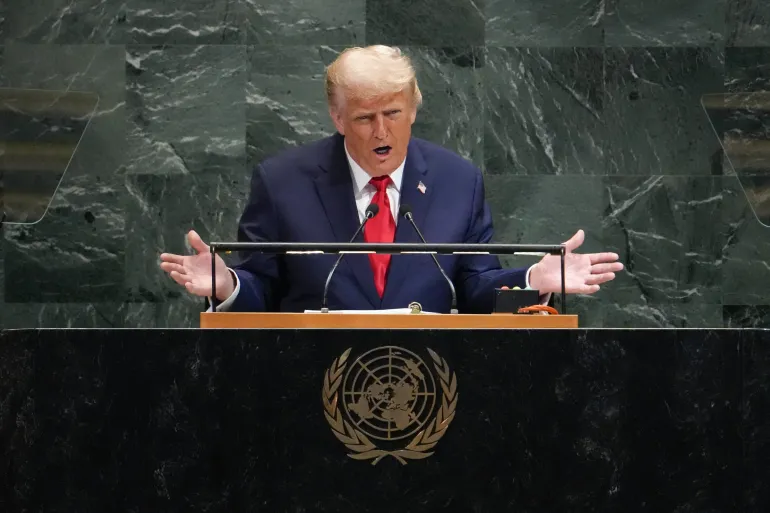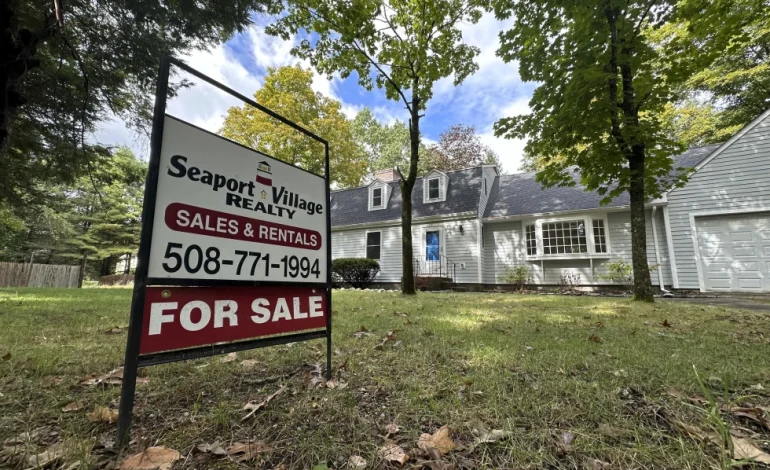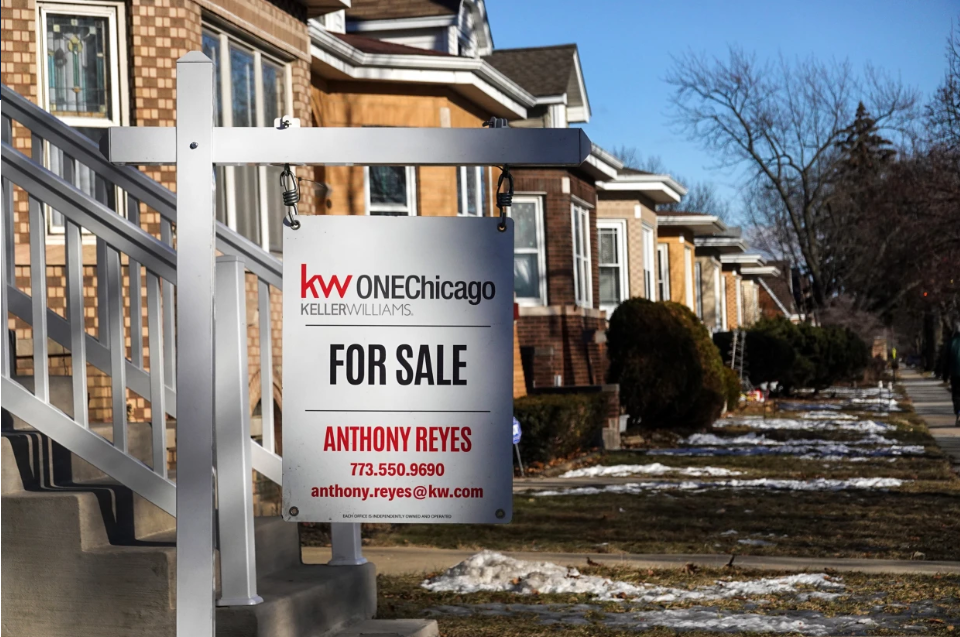Real estate investors are claiming a growing share of US home purchases, as high prices and elevated borrowing costs continue to put traditional homeownership out of reach for many Americans, the Associated Press reports.
According to a recent report from real estate data provider BatchData, investors accounted for nearly 27% of all US home sales in the first quarter of 2025 — the highest proportion in at least five years. That compares with an average investor share of 18.5% between 2020 and 2023.
Overall, investors purchased roughly 265,000 homes between January and March, a 1.2% increase from the same period a year earlier. However, experts say the rising share is not necessarily a sign of a booming investor market, but rather an indication of how traditional homebuyers are increasingly sidelined by affordability barriers.
The US housing market has been experiencing a prolonged slowdown since early 2022, when mortgage rates began rising from historic lows. In 2024, home sales fell to their lowest level in nearly three decades. That trend has continued into 2025, with buyers deterred by persistently high mortgage rates and continued, albeit slower, increases in home prices.
This decline in sales has led to more homes lingering on the market, increasing overall housing inventory. That environment has proven favorable for investors, many of whom can purchase homes with cash or leverage existing equity — allowing them to avoid high interest rates that would burden traditional buyers.
“As traditional buyers struggle with affordability, investors with cash and financing advantages are stepping in to maintain transaction volume,” the BatchData report noted.
Investor purchases, as defined by BatchData, include properties bought for rental income or vacation use — excluding primary residences. In 2024, investors acquired an estimated 1.2 million homes, an increase over the annual average of 1.1 million homes from 2020 onward.
Despite their growing role in recent transactions, investors still own a relatively modest portion of total US housing. Investor-owned properties represent about 20% of the country’s 86 million single-family homes, according to BatchData.
Within that segment, smaller-scale investors dominate: approximately 85% of investor-owned homes belong to individuals or entities holding between one and five properties. Another 5% are held by those with six to ten homes. In contrast, large institutional investors — those owning 1,000 or more homes — account for just 2.2% of the total.
There are signs that these large investors may be pulling back. Data from Parci Labs shows that six of the eight largest companies in the single-family rental space, including Invitation Homes and American Homes 4 Rent, sold more homes than they purchased during the second quarter of 2025.










The latest news in your social feeds
Subscribe to our social media platforms to stay tuned